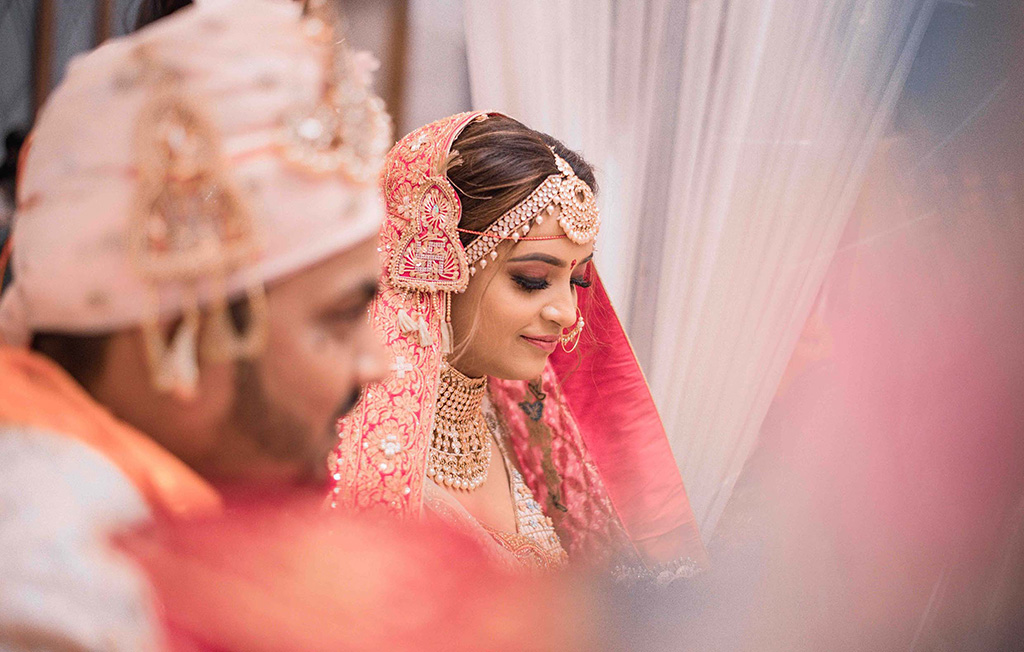The Positive and Negative Aspects of wedding photography: An In-Depth Exploration
wedding photography is a specialized field that involves capturing one of the most significant days in the lives of a couple— their wedding day. The photographer is tasked with preserving precious moments that will be cherished for a lifetime. However, like any profession, wedding photography has its set of positive and negative aspects, which influence both the photographer’s experience and the clients’ satisfaction. Understanding these facets can help both photographers and couples navigate the complexities of wedding photography.
This essay will explore the positive and negative aspects of wedding photography in depth, offering insight into both the challenges and rewards involved in this unique form of photography.
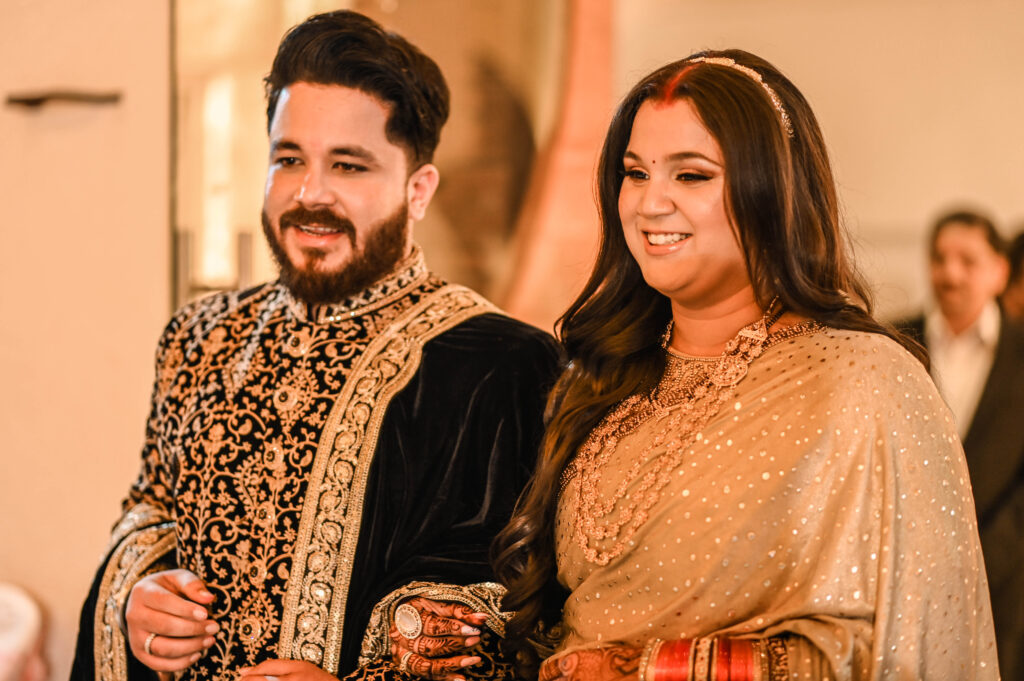
Positive Aspects of wedding photography
Capturing Lasting Memories wedding photography
One of the most rewarding aspects of wedding photography is the ability to capture lasting memories. Weddings are one of the most important days in a person’s life, and the photographs serve as a tangible reminder of the love, joy, and emotions experienced on that day. Wedding photographers play a significant role in documenting these moments, offering the couple a visual legacy that can be passed down through generations. The emotional depth conveyed in the photos will allow the couple to relive their wedding day for many years to come.
For the photographer, this provides an opportunity to create meaningful work that has lasting emotional value. Every photo taken can evoke the beauty of the day and tell a unique part of the couple’s love story, making it immensely fulfilling to know that one’s craft will be appreciated for years and even decades.
Creative Expression wedding photography
Wedding photography offers photographers the freedom to express their creativity. From unique compositions, innovative lighting, and capturing candid moments to telling a story through imagery, photographers can use their creativity to elevate the couple’s experience. The wedding day offers various scenes that allow the photographer to work with diverse compositions—portraits, candid moments, group shots, and event documentation. Whether capturing the bride walking down the aisle, the groom’s first glance at his bride, or the intimate moments during the reception, each shot is an opportunity for artistic expression.
Furthermore, wedding photographers can experiment with various styles and genres, such as documentary, fine art, traditional, or even cinematic wedding photography. This creative freedom is an exciting aspect of the profession and allows photographers to develop a distinctive style and build a portfolio that reflects their vision.
Building Emotional Connections wedding photography
Wedding photographers have a unique opportunity to connect with their clients on a deeply emotional level. While working with the couple, photographers are often present during intimate moments, such as when the bride prepares for the ceremony or when the couple exchanges their vows. These moments are full of raw emotions, and capturing them requires a certain sensitivity. Wedding photographers become not just service providers but storytellers who help preserve these emotional moments.
Creating this connection with the couple is often a fulfilling aspect of the job. Many couples view their photographer as a trusted partner throughout the day. This relationship may lead to friendships that extend beyond the wedding day, with couples recommending their photographer to friends and family or seeking them out for other significant life events.
High Demand and Financial Opportunities wedding photography
Wedding photography is in high demand, and as a result, it can be a lucrative profession. Weddings are often one of the most expensive events a couple will ever plan, and they are willing to invest heavily in capturing the memories of their special day. Wedding photographers often have the opportunity to charge premium prices for their services, particularly if they have a solid reputation, experience, and a well-established portfolio.
Photographers may offer various packages and services, such as engagement shoots, album creation, or extended coverage of the event, all of which add additional revenue streams. Additionally, successful photographers can build a thriving business by booking multiple weddings per month, leading to consistent income.
Job Satisfaction and Personal Fulfillment wedding photography
Many photographers find great personal satisfaction in knowing that they have played an important role in creating memories that will last a lifetime. The joy expressed by couples when they see their wedding photographs for the first time can be incredibly rewarding. Wedding photographers often experience a sense of fulfillment when they realize the impact their work has had on their clients’ lives.
For those who are passionate about both photography and love stories, wedding photography can be a dream job. It allows them to combine their artistic talents with their desire to create beautiful, meaningful work. The personal fulfillment that comes from contributing to such an important moment in someone’s life is one of the greatest advantages of working as a wedding photographer.
Diverse and Dynamic Work Environment wedding photography
Wedding photography offers a diverse and dynamic work environment. Every wedding is different, and no two days are the same. Photographers are exposed to various cultures, traditions, and celebrations, each of which may bring unique challenges and opportunities for creative work. This variety keeps the job exciting and allows photographers to continuously learn and grow in their craft.
Whether shooting a formal, traditional wedding or a laid-back, rustic celebration, wedding photographers can enjoy the thrill of working in new and diverse environments. This variety not only makes the profession interesting but also provides photographers with opportunities to improve their skills in different lighting conditions, locations, and settings.
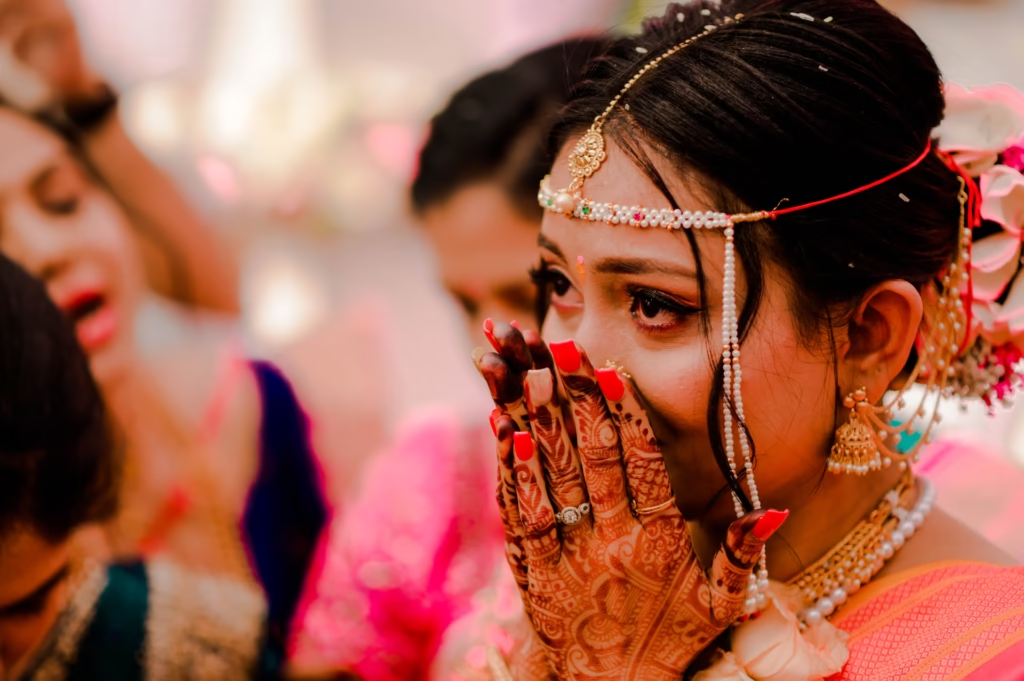
Negative Aspects of wedding photography
Stress and Pressure wedding photography
One of the most significant challenges in wedding photography is the pressure to perform flawlessly. Weddings are once-in-a-lifetime events, and the photographer is entrusted with capturing the most important moments of the day. If something goes wrong—whether it’s a missed shot, technical failure, or unforeseen circumstances—the couple may be devastated, and the photographer’s reputation could suffer.
Photographers have to manage their nerves and stress levels throughout the day to remain focused and deliver high-quality results. The timeline of a wedding day is often packed with moments that need to be captured, from the ceremony to the reception, all while adhering to a strict schedule. The photographer must always be on alert, anticipating key moments and ensuring they have the necessary gear ready for action.
Additionally, because wedding photography is often an all-day commitment, it can be exhausting. Photographers may spend long hours on their feet, capturing hundreds or even thousands of images, and the physical and mental strain can be overwhelming.
Unpredictability and Unexpected Challenges wedding photography
Weddings are highly unpredictable events, and photographers must be prepared for anything. Factors such as weather, lighting conditions, and unexpected schedule changes can throw off a photographer’s carefully planned shots. For instance, if it rains on an outdoor wedding day, the photographer must quickly adapt to the new environment or make adjustments to their equipment.
Couples may also make last-minute changes to the schedule, which can add stress to the photographer’s day. Family dynamics can also create challenges—whether it’s a difficult family member or a last-minute change in the seating arrangements. These unpredictable elements can make wedding photography a high-stakes, high-pressure profession.
Moreover, photographers must be prepared for technical issues, such as camera malfunctions, memory card failures, or low battery power. While these issues can usually be prevented with proper planning and backup gear, the stress of dealing with them during an important event can be overwhelming.
Long Working Hours and Time Away from Family wedding photography
Wedding photographers typically work on weekends, as most weddings take place during that time. This means that photographers may find themselves working on Saturdays and Sundays, leaving them with limited time for personal activities or family commitments. Many photographers spend significant time away from their families, especially during peak wedding season, which can be taxing on personal relationships.
Additionally, the long working hours on a wedding day, often from early morning to late at night, can leave little room for rest. Photographers are also tasked with post-processing their images, which can take many additional hours after the wedding. While this work is rewarding, it often requires long days and weekends that can interfere with a healthy work-life balance.
High Competition and Market Saturation wedding photography
The wedding photography industry is highly competitive, especially in popular markets. Many photographers aspire to work in this field, and with the rise of digital cameras and accessible photo-editing software, more individuals are entering the wedding photography space. This has led to market saturation, where it can be difficult for photographers to stand out from the crowd.
New photographers or those without an established portfolio may find it hard to attract clients, leading to financial instability. Building a strong reputation takes time, and even experienced photographers can struggle with maintaining consistent business, especially during off-peak wedding seasons.
Emotional Burnout wedding photography
Wedding photographers often deal with a range of emotions, from the joy and excitement of the couple to the stresses of the event. Over time, the pressure to constantly perform at a high level can lead to emotional burnout. Many photographers experience this after working long wedding seasons, feeling mentally drained from the constant emotional demands of the job.
The emotional toll of seeing multiple couples at their most vulnerable and intimate moments, combined with the stress of managing their clients’ expectations, can take a significant toll on a photographer’s well-being. This burnout may lead to a decline in creativity, enthusiasm, and overall job satisfaction.
Expressing love through wedding photography is an art that requires not only technical skill but also an understanding of human emotions and relationships. Wedding photography is more than just documenting an event; it’s about capturing the essence of love, connection, and the bond shared between two people. The photos taken on a wedding day will be cherished memories, and the way love is expressed through those images can have a lasting impact on the couple, their families, and future generations.
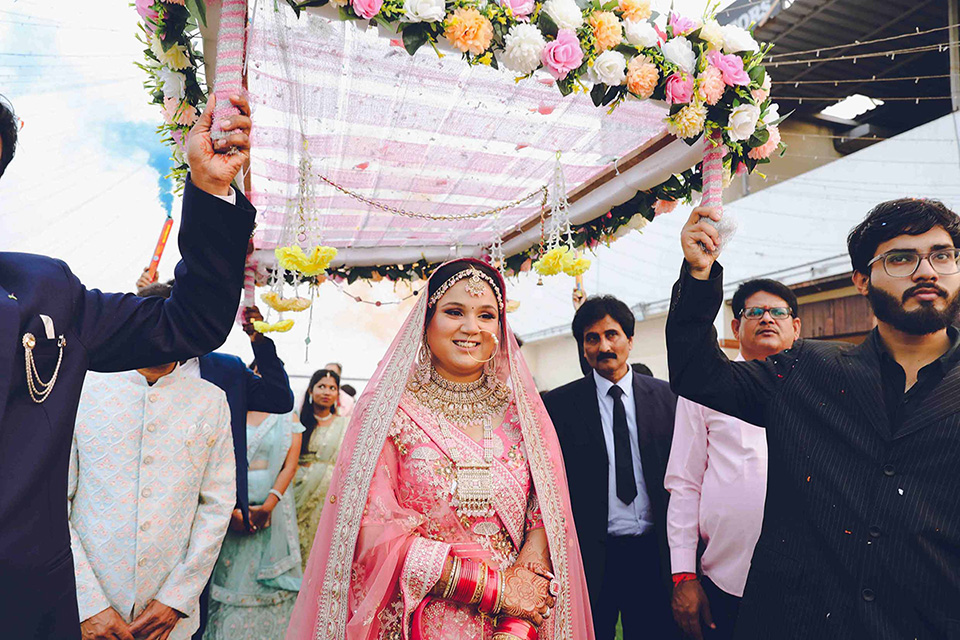
The Art of Capturing Love in wedding photography
Wedding photography is unique because it brings together multiple aspects of a person’s life: the personal, the emotional, the cultural, and the social. To truly capture love in wedding photography, the photographer must consider various elements, such as composition, lighting, timing, and connection with the couple. The best wedding photographers are able to not only tell a story through their images but also evoke emotions that mirror the love and joy experienced by the couple.
1. The Emotional Connection Between the Couple wedding photography
Love is at the heart of every wedding, and as a wedding photographer, it is crucial to tap into the emotional energy that is present between the couple. It’s not just about taking posed photographs but about capturing the moments that reflect the couple’s true feelings for one another. A wedding photographer must be skilled in observing and recognizing the subtle, tender moments—whether it’s a fleeting glance, a shared smile, or an intimate touch—that showcase the deep emotional connection between the couple.
One way to ensure that these moments are captured is to take a more documentary-style approach to wedding photography. This style focuses on capturing real, unscripted moments rather than relying heavily on posed shots. Candid moments allow for the raw emotion of the day to shine through. The laughter, the tears, the joy, and the nervousness all play a role in telling the love story of the couple, and the photographer’s job is to preserve these emotions in their most authentic form.
2. Storytelling Through Images wedding photography
Wedding photography is about telling a story, and the most powerful stories are often the ones that are told through emotions rather than just events. Love is not just about the wedding day; it’s about the relationship that has been built over time, the shared experiences, and the promises made for the future. A wedding photographer has the opportunity to capture the journey of two individuals becoming one, not just in the form of photographs of the ceremony but also through moments of vulnerability, joy, and connection that unfold throughout the day.
To tell a complete love story through wedding photography, the photographer should not only focus on key moments such as the ceremony, the first kiss, and the first dance but should also capture the quieter, more intimate moments: the bride getting ready, the groom’s anticipation before the ceremony, the guests’ reactions, and the couple’s first moments alone together after saying their vows. These small moments can be just as meaningful as the big ones and help to create a fuller, more nuanced narrative of the day.
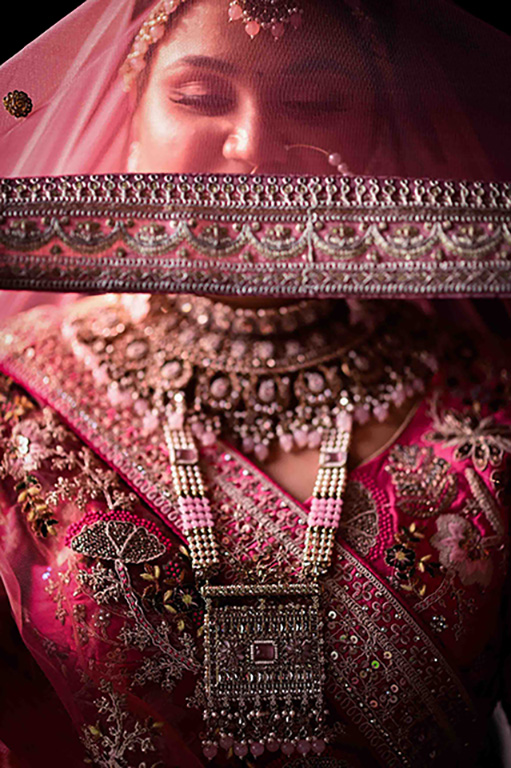
3. The Role of Lighting in Expressing Love wedding photography
Lighting plays a critical role in wedding photography and has the power to enhance the emotional tone of an image. The way light interacts with the couple, the surroundings, and even the mood of the moment can convey different aspects of love. Soft, warm lighting can create an intimate, romantic atmosphere, while dramatic lighting can add intensity and depth to an image.
Golden hour—the time just before sunset—is often considered one of the most romantic times of day for wedding photography. The warm, soft glow of the setting sun can add a magical quality to images, bathing the couple in flattering light and creating a dreamy, romantic feel. Photographers can use natural light to their advantage, but they must also be skilled in using artificial light sources such as flash or studio lighting to enhance the mood of the moment, especially during evening receptions or indoor events.
In addition to the technical aspects of lighting, photographers should also be attuned to the emotional tone of the moment. If the couple is having a quiet, intimate moment, soft and diffused lighting can amplify the tenderness of the scene. Conversely, a dramatic scene, such as the couple’s first dance, may benefit from more high-contrast lighting that highlights the couple’s movement and expressions.
4. Composition and Framing: Creating Visual Harmony wedding photography
The way a wedding photographer composes their shots is crucial in conveying love through images. Composition involves how subjects are arranged within the frame and how the photographer directs the viewer’s eye to different elements of the photo. A well-composed image has a sense of balance and harmony that enhances the emotional impact of the photograph.
For example, when photographing the couple, the photographer might choose to place them off-center in the frame to create a sense of intimacy, or they might use the background elements to tell a story about the environment, such as a lush garden or the architecture of the wedding venue. Framing is also important, and a photographer might use natural elements such as doorways, arches, or trees to frame the couple in a way that highlights their connection to each other and to their surroundings.
Creative composition can also be used to express the depth of a relationship. For instance, capturing the couple’s hands intertwined or their silhouettes against the backdrop of a setting sun can symbolize their unity and the bond they share. In some cases, incorporating reflections—whether in mirrors, windows, or bodies of water—can add a layer of symbolism, suggesting that the couple’s love is a reflection of their shared journey together.
5. The Importance of Posing wedding photography
While candid photography is vital in capturing the essence of love, posed shots are also an important part of wedding photography. The key to successful posing is to make the couple feel comfortable and relaxed while also ensuring that the final images reflect their personalities and relationship. Poses should never feel stiff or unnatural; they should allow the couple to express their love and connection to each other in a way that feels authentic.
A good wedding photographer will know how to guide the couple into poses that feel natural while still being visually appealing. For example, asking the couple to stand close to each other and hold hands can help convey intimacy, while a gentle kiss on the forehead or a soft embrace can convey tenderness and affection. It’s also important to consider the body language of the couple—ensuring that they feel confident and at ease in front of the camera will result in photographs that truly reflect their love.
Additionally, posing can be used to highlight the relationship between the couple and their loved ones. Family portraits are an essential part of wedding photography, and these images can also reflect the love and support that surround the couple on their special day. By capturing family members interacting with the couple in moments of joy, pride, and emotion, the photographer can help tell the broader story of the couple’s love and their community.
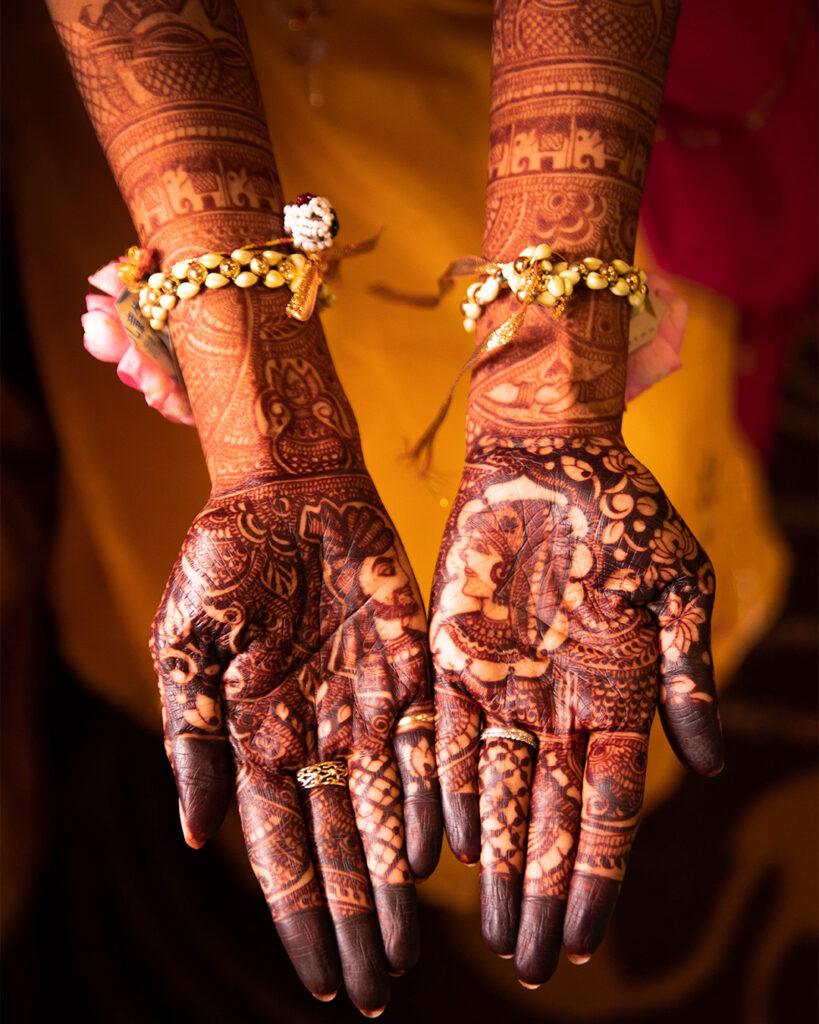
6. Documenting the Details: The Small Things That Matter wedding photography
Love is often found in the details. From the intricate lace of the bride’s dress to the carefully chosen wedding rings, the details of the day are a reflection of the couple’s personalities and the care they’ve taken in planning their celebration. Wedding photographers who focus on the details are able to create a rich tapestry of images that help tell the complete story of the day.
Photographers should take the time to document the small, meaningful moments—the couple’s hands touching, the bride adjusting her veil, the bouquet of flowers resting on a table, or the wedding invitations that were carefully designed. These images may seem small, but they carry significant meaning for the couple and are often cherished for years to come.
The details also extend beyond the couple themselves to the venue, the decorations, and the guests. The photographer’s role is to capture the atmosphere of the day, the emotions of the guests, and the overall aesthetic of the event. All of these elements play a role in expressing the love and joy that are felt on a wedding day.
7. Capturing Joy and Celebration wedding photography
While love is a deep and tender emotion, weddings are also a time of celebration and joy. The laughter, the dancing, and the exuberance of the guests are all an integral part of the love story being told. A wedding photographer must be able to capture these moments of joy and celebration while maintaining a sense of artistry.
Photographing the fun moments—such as the couple laughing together, the guests dancing, or the playful interactions between family members—can bring a sense of lightheartedness to the overall collection of images. These moments, though often spontaneous, are just as important in expressing the full spectrum of love. Love is not just about tenderness and intimacy but also about shared joy and happiness, and a great photographer knows how to capture both.
8. Post-Processing and Editing: Enhancing the Emotional Tone wedding photography
Once the wedding photographer has captured the images, the post-processing and editing stage allows them to enhance the emotional tone of the photographs. Editing can be used to highlight certain elements of the image, adjust the lighting, and create a cohesive style that reflects the mood of the wedding day. The goal is not to create artificial images but to bring out the beauty and emotion of the moments that were captured.
In wedding photography, the editing process can involve softening the colors to create a dreamy, romantic feel or using more vibrant tones to emphasize the joy and energy of the celebration. The way images are edited can have a significant impact on how the love and emotions are conveyed. For example, black-and-white editing can lend a timeless, classic feel to intimate moments, while color grading can enhance the mood of a particular scene.

9. Conclusion: The Power of Love in wedding photography
At its core, wedding photography is about capturing the essence of love. From the emotional connection between the couple to the joyful celebration with family and friends, each photograph tells a story of love and commitment. Through skillful composition, thoughtful lighting, and an understanding of the emotional tone of the day, a wedding photographer can create a collection of images that not only document the event but also convey the depth of love and connection that makes it so special.
Wedding photography is more than just taking pictures—it’s about preserving memories, telling a story, and expressing the love that two people share. In the years to come, when the couple looks back at their wedding photos, they should be able to relive the emotions, the joy, and the love that made their wedding day so memorable.
Wedding photography is a unique and rewarding profession, but it comes with its own set of challenges. The positive aspects, such as the ability to capture lasting memories, express creativity, build emotional connections, and enjoy financial opportunities, make the job highly fulfilling for many photographers. However, the pressure, unpredictability, competition, and emotional strain associated with the profession can also be significant drawbacks.
For couples, understanding the complexities of wedding photography can help them make informed decisions when choosing their photographer. For photographers, it’s essential to be prepared for both the joys and the challenges of the job. By developing strong technical skills, building a solid portfolio, and maintaining a balance between work and personal life, wedding photographers can navigate the challenges and continue to thrive in this emotionally and creatively rewarding profession.
